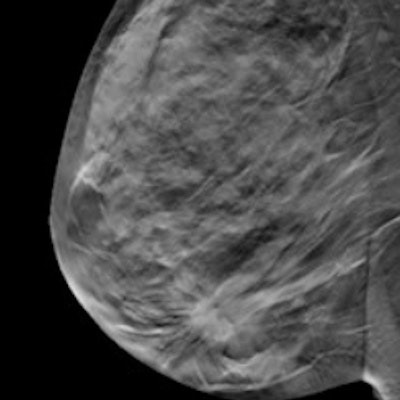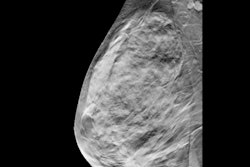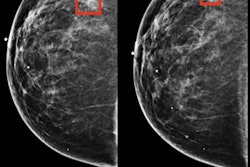
Digital breast tomosynthesis (DBT) improves cancer detection and has lower false-negative rates when compared with digital mammography, according to a study published on December 1 in Radiology.
Dr. Melissa Durand, associate professor of diagnostic radiology and biomedical imaging at Yale University School of Medicine and Smilow Cancer Hospital in New Haven, CT, and colleagues, looked at more than 380,000 breast screening examinations to compare the performance of DBT and digital mammography. They assessed false-negative rates and cancers detected within a year of a normal mammogram. Durand and her team used false-negative cancer rates as a surrogate for longer-term screening outcomes such as advanced disease or death because false-negative cancers tend to be more aggressive than screen-detected cancers.
DBT showed higher sensitivity and specificity as well as identified more invasive cancers with fewer nodal or distant metastases than digital mammography. In addition, DBT demonstrated a trend toward lower false-negative rates overall and symptomatic false negatives, or those that present with a symptom such as pain.
As usual, DBT outperformed digital mammography for women with dense breasts, primarily because breast images are acquired from different angles, and thus overlapping tissue can't hide cancers like in regular mammography.
Recall rates also dropped for heterogeneously dense breasts and extremely dense breasts in the DBT group.
The study results add to a growing body of literature that supports DBT for regular breast cancer screening.
"Together with reduced recall rates and, thus, less patient anxiety, I would anticipate that DBT will continue to move forward as the standard of care to replace regular mammography," Durand said.



















